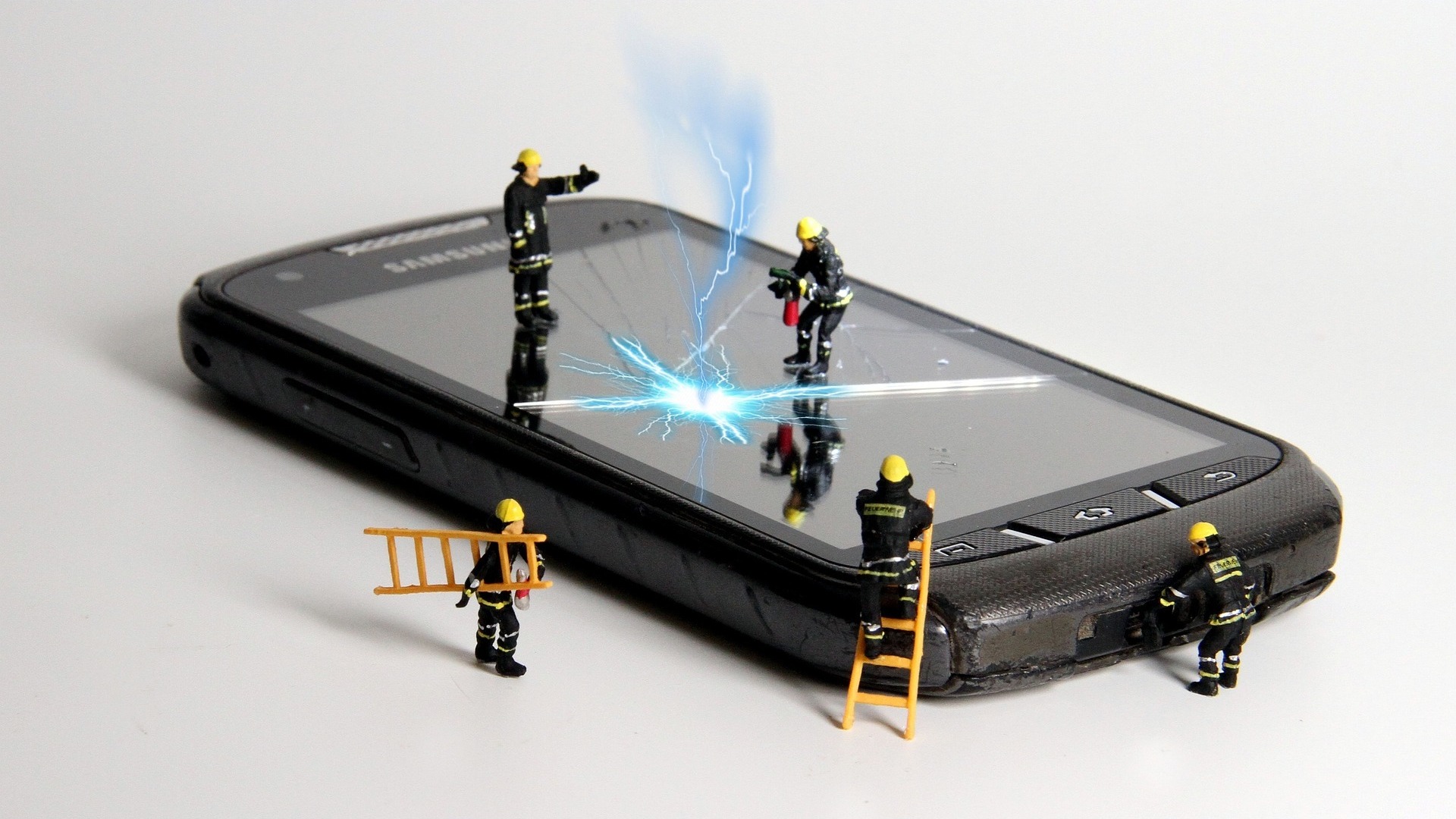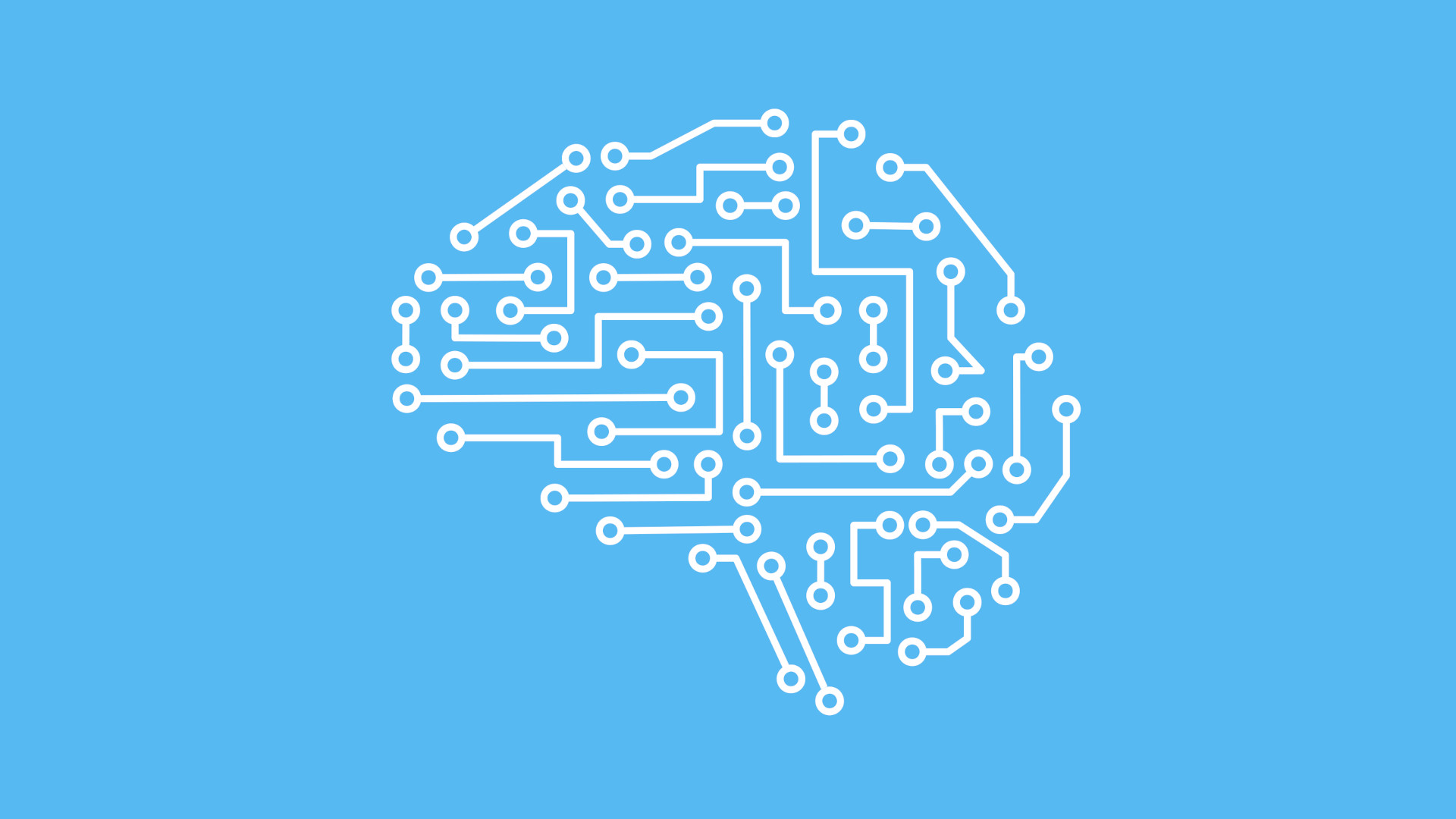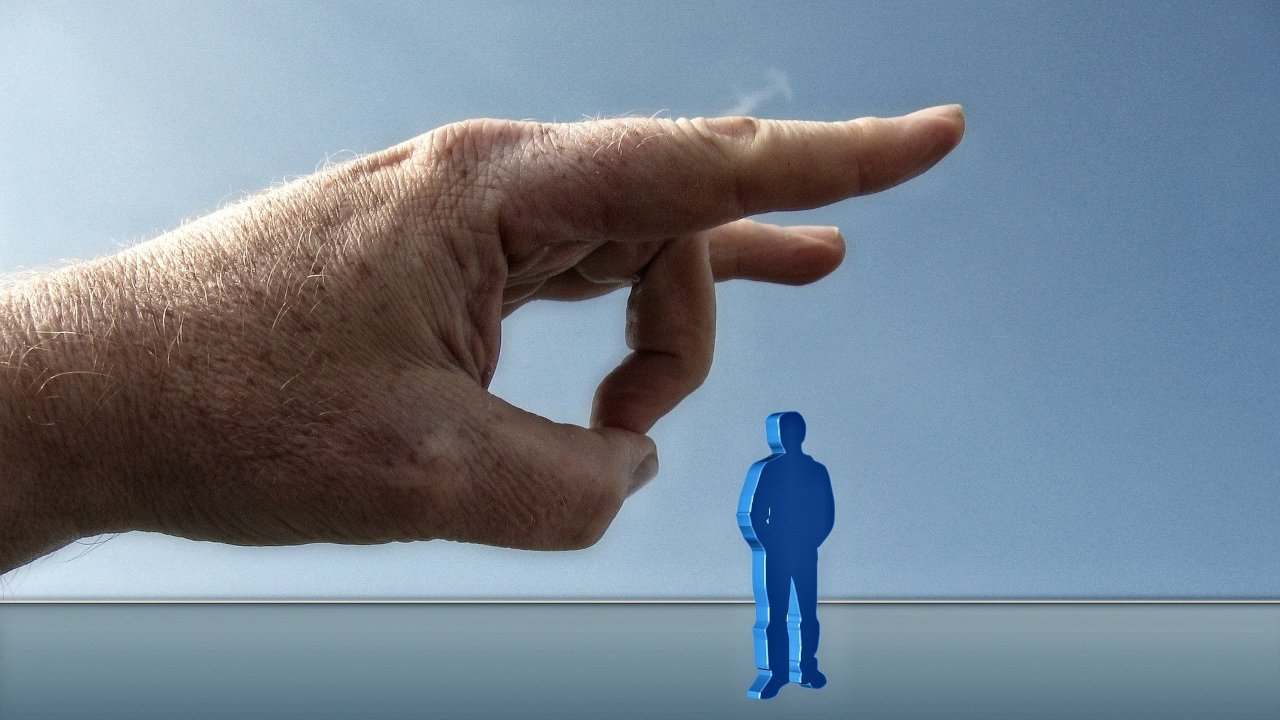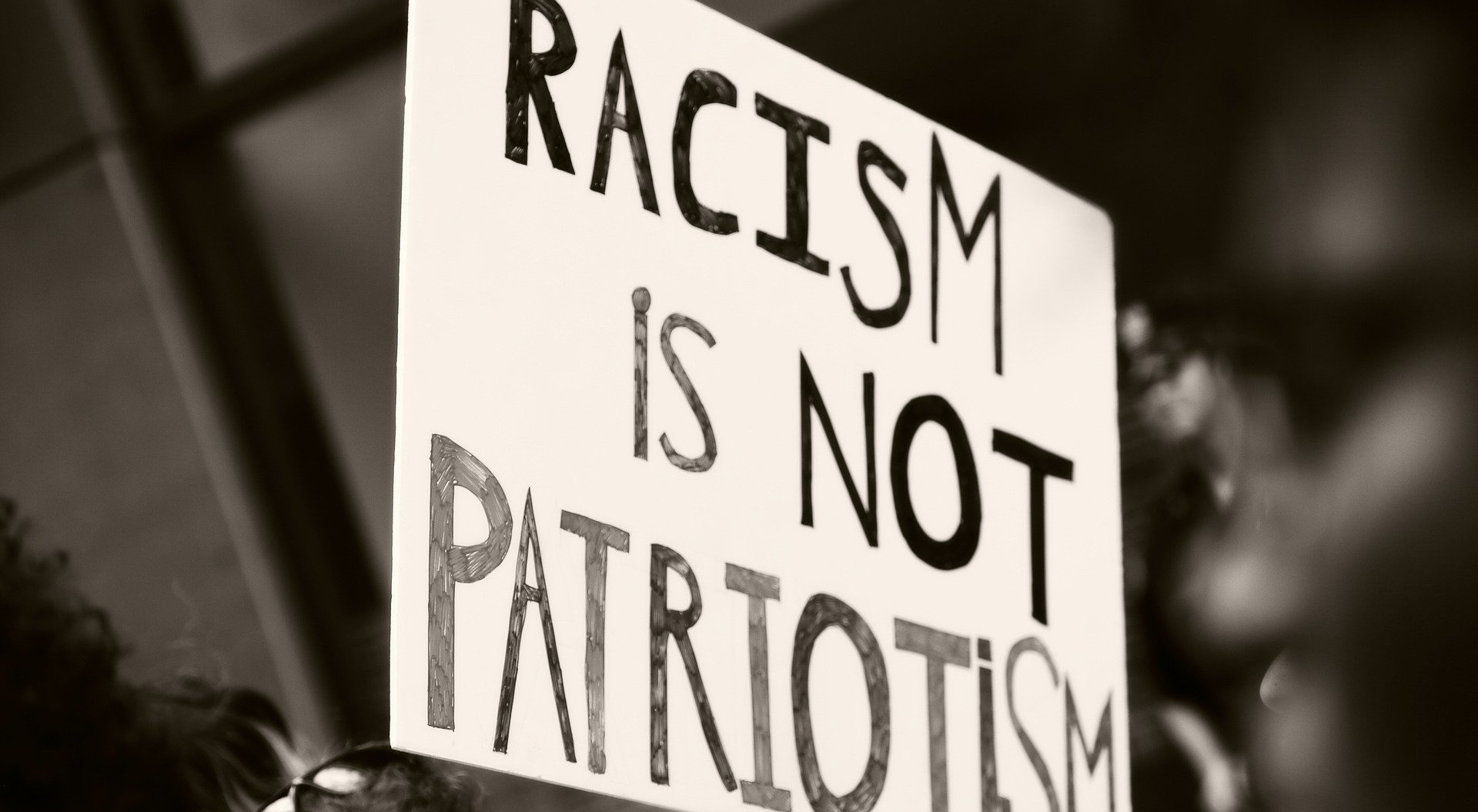
We Can't Tell When the Internet is Lying
07 November 2017
We’ve long been told that we can’t trust everything on the Internet. At one point, that was a primary lesson taught to people new to the Internet. It turns out that we’re not very good at figuring out what online is true. In an effort to show more ads (and to keep people around longer) sites have made it harder to tell when something is true versus an ad. Many people have trouble telling when an image has been manipulated. With the rise of fake news, more people are confused or doubting real news, or simply care less about the truth as long as what the Internet claims matches their beliefs. Even the people we expect to be the most Internet-savvy are not good at figuring out what to trust in some cases.
In a study of 700 men and women, only about 60% of participants were able to tell when a picture had been manipulated, which is only slightly better than guessing at random. Of the ones who were able to identify manipulated images, less than half could tell what in the image had been modified. That’s when people are looking for problems - in another study, most high school students took photos at face value without verifying them, even re-sharing them. This has real-world implications for how well informed we are. In several terrorist attacks, photos of the alleged terrorist have circulated, even driving sites such as Reddit to attempt their own community investigations. In several cases, the images circulated were fake or completely unrelated to the attack. In one case, the same image was circulated for two different terrorist attacks. More recently, a doctored image of Trump helping the rescue efforts in Texas after hurricane Harvey was shared over 18,000 times - the image had been edited from a 2008 photo from Iowa.
We’re not much better when it comes to news and online advertisers are taking advantage of that. Sites run ads that pose as articles, something called Native Advertising. Most people aren’t able to tell native advertisements from real articles, according to a 2015 study even when they are marked as ads. However, most people feel that native ads hurt the credibility of the site that ran them, if they notice them in the first place. Similar statistics extend to people who have grown up with the Internet in their lives - middle schoolers aren’t able to tell native ads from articles either, and high schoolers couldn’t tell a real news source from a fake one.
Fake news makes the effects worse in a way, by creating confusion about what online is true. People are aware that they should be cautious in what they trust but fake news and opinion pieces passing as news leaves people doubting facts. Unfortunately, this is in addition to the number of people who are willing to believe anything they read without verifying it. Somewhat worse, is that with more divided politics, people are willing to accept as fact things that may not be true, but are disliked or bad news for the opposing political opinion - even if they are untrue.
All of this has real-world consequences, with incidents like the “Pizzagate” shooter who fired an assault rifle in a D.C. pizzeria in response to a Hillary Clinton conspiracy theory. The inability to identify fake images can impact court cases, which often use images as evidence. Without easy access to a neutral Internet, it’s much easier to get caught in an echo chamber of false posts and no way to know. Even some of the most trustworthy of sites run native ads (including sites such as Forbes and The New York Times), and sites assumed to be trustworthy have been fooled by fake news (including Google). With a neutral Internet, we can catch and correct, but with an Internet curated by ISPs or an online world controlled by large players in cloud services it’s much harder if not impossible to do so.
• • •
Stay updated by email
or, grab the feed
Found something wrong? Get in touch.
More to See


Digital Native Does Not Mean Digitally Literate

Can the President of the United States be Deplatformed?
